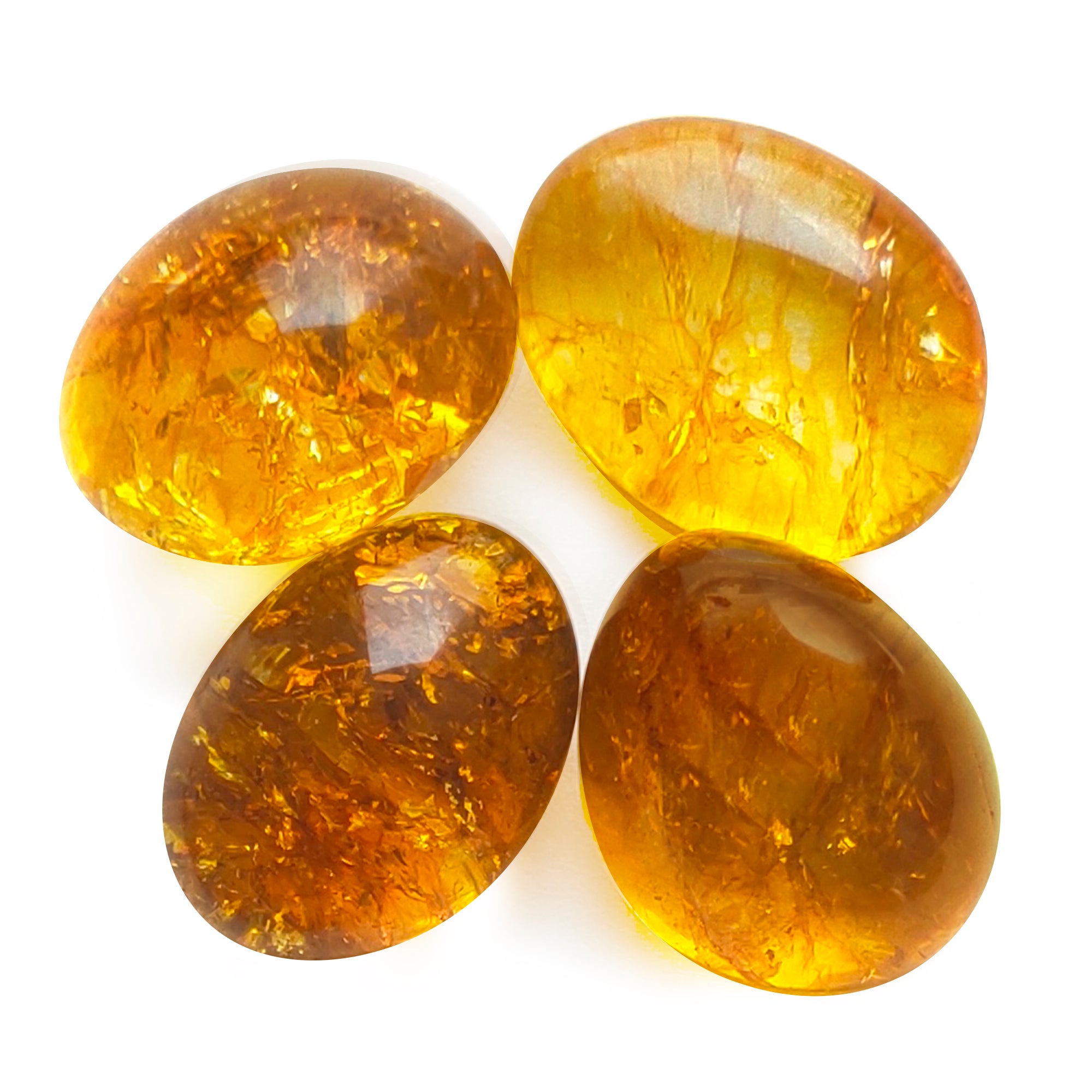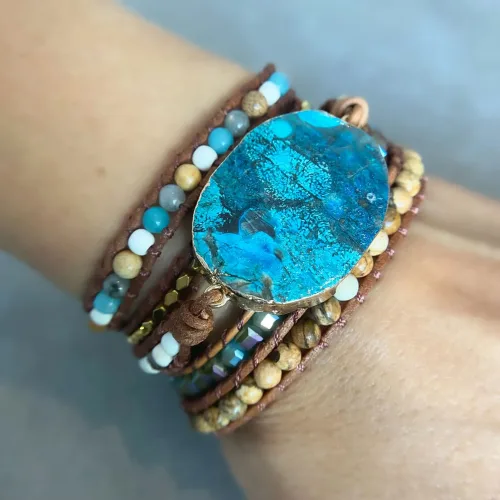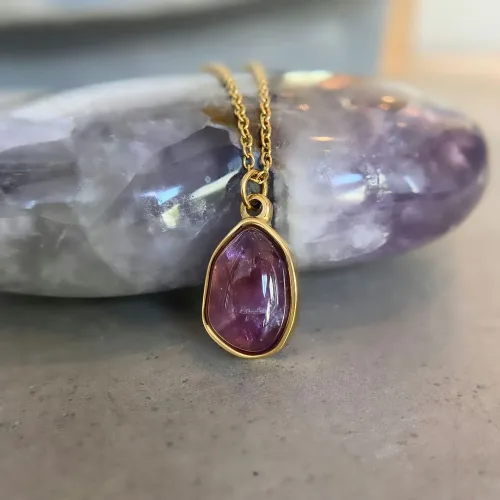Ultimate Guide to Selecting and Assessing the Purity of Citrine Crystals

Citrine, a variety of quartz naturally ranging in color from pale yellow to a deep amber, is not only beautiful but also widely sought after for its supposed metaphysical properties. This guide will equip you with the knowledge to choose high-quality citrine crystals and determine their purity with confidence.
Understanding Citrine
What is Citrine?
Citrine is a form of quartz, its yellow hues mainly caused by traces of iron. Natural citrine is rare, making it highly valued among collectors and crystal enthusiasts alike.
The Significance of Citrine
Believed to carry the power of the sun, citrine is often used in practices aimed at attracting wealth, creativity, and healing. Its warm color is said to energize and revitalize the spirit, making it a popular choice in energy healing and feng shui.

Choosing Citrine
Natural vs. Heat-Treated Citrine
A significant consideration when purchasing citrine is distinguishing between naturally occurring and heat-treated stones. Much of the citrine on the market is amethyst or smoky quartz that has been heat-treated to produce an orange or amber hue. While still effective in its uses, heat-treated citrine is less valuable than its natural counterpart.
Identifying Natural Citrine:
- Color Distribution: Natural citrine shows a more subtle and uneven color distribution. In contrast, heat-treated stones often have a more intense and uniform color.
- Price: Natural citrine tends to be more expensive due to its rarity.
- Temperature Tolerance: Natural citrine does not change color when exposed to high temperatures, unlike heat-treated stones.
Clarity and Cut
The clarity of citrine does not affect its metaphysical properties but can impact its aesthetic appeal and value. Clear stones with few inclusions are typically more valuable.
Evaluating Cut:
- Faceted vs. Cabochon: Faceted citrine catches light better, enhancing the stone’s brilliance, while cabochon cuts highlight the depth of color and minimize the appearance of inclusions.
- Shape and Symmetry: Well-proportioned cuts enhance the overall appeal and value of the citrine crystal.
Assessing Purity
Checking for Inclusions
Inclusions refer to any material or air bubbles trapped inside the crystal during its formation. While inclusions typically lower the gemstone’s value in the market, some collectors value unique inclusions for their beauty and uniqueness.
Color Saturation
Assess the saturation and consistency of the citrine’s color, as this can indicate its quality and authenticity. Uneven color patterns might suggest natural formation, whereas a uniformly deep color could indicate artificial treatment.
Practical Tips for Buying Citrine
Where to Buy
- Reputable Dealers: Always purchase citrine from well-known and reputable dealers who provide certificates of authenticity.
- Gem Shows and Fairs: These venues often offer the opportunity to view a wide array of citrine and gain advice from experts.
Maintenance and Care
Citrine is relatively hardy, but it should be kept away from prolonged exposure to direct sunlight, which could fade its color. Regular cleaning involves simply wiping the stone with a soft cloth.
Selecting the right citrine involves understanding the differences between natural and treated stones, assessing the quality of the cut and clarity, and determining the authenticity through color and inclusion analysis. By applying the above tips, you can make informed and confident decisions in purchasing this radiant crystal.









